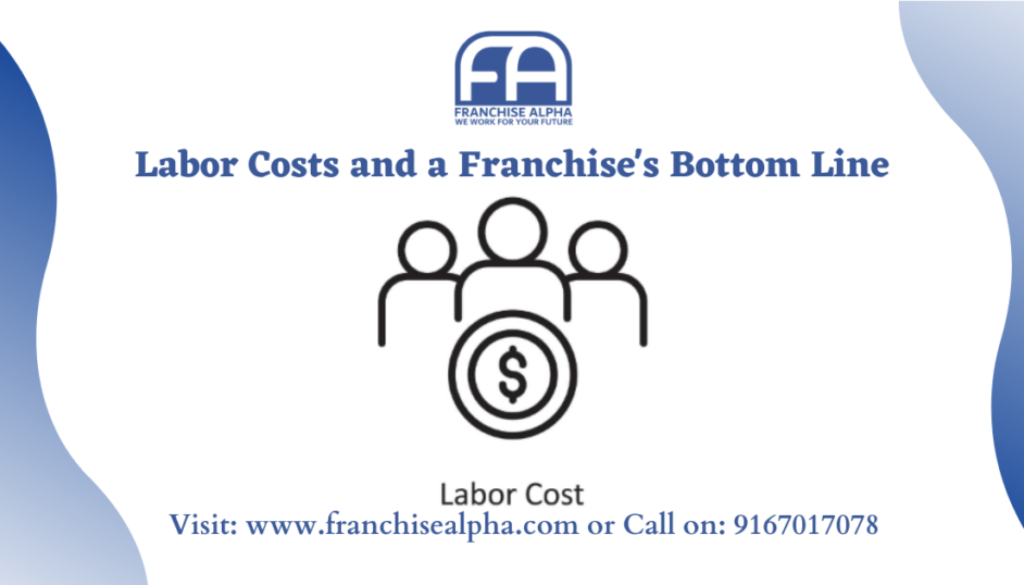Labor Costs and a Franchise’s Bottom Line
Running a successful franchise involves careful management of various expenses, and one of the most significant factors impacting a franchise’s profitability is labor costs. Labor costs encompass wages, benefits, and other expenses related to employing and managing a workforce. In this blog post, we will explore the importance of labor costs in a franchise’s bottom line and discuss strategies to optimize labor expenses without compromising operational efficiency or employee satisfaction.
Understanding the Impact of Labor Costs:
Labor costs play a crucial role in determining a franchise’s profitability and overall financial health. Here are a few key reasons why labor costs are of utmost importance:
1. Largest Operating Expense: For many franchises, labor costs represent the most significant portion of their operating expenses. From front-line employees to managers and support staff, maintaining a skilled workforce requires financial investment. Managing labor costs effectively is essential to ensure that this substantial expense remains within budgetary limits.
2. Impact on Profit Margins: Labor costs directly impact a franchise’s profit margins. Higher labor expenses can squeeze profits, making it challenging to generate a healthy return on investment. Conversely, efficient management of labor costs can contribute to improved profitability and financial stability.
3. Customer Service and Experience: A franchise’s success depends heavily on providing exceptional customer service and creating a positive experience for patrons. Well-trained and motivated employees are key to achieving this. However, balancing quality service with labor costs is a delicate task. Insufficient staffing may result in compromised customer service, while excessive staffing can lead to unnecessary labor expenses.
Strategies to Optimize Labor Costs:
1. Workforce Planning: Effective labor cost management begins with strategic workforce planning. Analyze historical sales data and customer patterns to identify peak and off-peak periods. This analysis will help you align staffing levels with demand, avoiding overstaffing during slow periods and understaffing during busy times. Implementing flexible scheduling and cross-training employees can further optimize labor utilization.
2. Employee Training and Retention: Investing in comprehensive training programs can enhance employee efficiency and productivity. Well-trained staff can perform their tasks more effectively, reducing the need for additional labor. Additionally, focus on employee retention by creating a positive work environment, offering competitive wages and benefits, and providing opportunities for growth and advancement. Retaining experienced employees reduces turnover costs associated with hiring and training new staff. 3. Technology and Automation: Embrace technology solutions that can streamline operations and reduce labor requirements. For instance, implementing automated systems for order processing, inventory management, or self-service options can optimize workflow and reduce the need for additional staff. Technology can also facilitate effective communication and coordination among employees, enhancing productivity and reducing errors.




